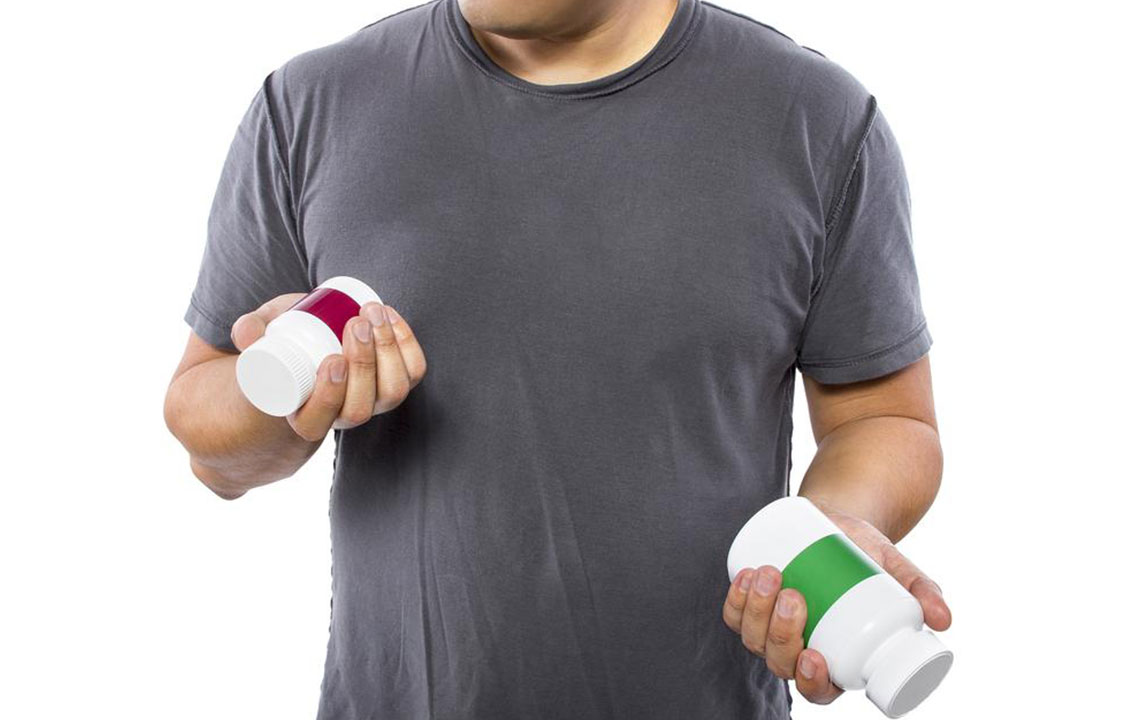Understanding and Managing Bladder Control Issues
This article explores common causes of bladder control problems, including medical conditions, physical changes, and lifestyle factors. It discusses various treatments such as medications, lifestyle adjustments, and surgical options. Pelvic exercises like Kegel exercises are also highlighted as effective ways to improve bladder function. The content emphasizes consulting healthcare professionals for personalized care. Timely intervention can significantly improve quality of life for individuals experiencing urinary incontinence or bladder control issues.

Understanding and Managing Bladder Control Issues
Problems with bladder control, also known as urinary incontinence, are often symptoms of underlying health issues, physical changes, or lifestyle habits. It involves the involuntary leakage of urine, which can impact daily life.
Causes
Urinary incontinence can stem from various factors.
Health conditions: Conditions like diabetes, neurological disorders such as spinal cord injuries, brain tumors, multiple sclerosis, stroke, Parkinson’s disease, prostate or bladder cancer, urinary infections, and bladder stones can all impair bladder control. Medications for blood pressure, stimulants, and constipation may also cause temporary symptoms.
Physical factors: Aging, menopause-related estrogen decline, pregnancy, childbirth, enlarged prostate, or removal of reproductive organs can influence bladder control.
Lifestyle choices: Consuming spicy, sugary, acidic foods like citrus, alcohol, caffeine, chocolates, and artificial sweeteners can lead to temporary incontinence. Obesity and inactivity may also play a role.
Treatment options
Treatment varies based on the type and severity of incontinence.
Medications targeting overactive bladder or relaxing bladder muscles are commonly prescribed. Women may benefit from estrogen creams or patches.
Lifestyle modifications, including dietary changes and pelvic exercises, can help improve bladder control.
Surgical options are available if conservative treatments are ineffective. Procedures like sling surgery address stress incontinence caused by sudden pressure. Hysterectomy or prolapse repairs can reposition the bladder and urethra.
Devices such as pessaries or urethral inserts provide temporary support to prevent leaks, especially in women.
Kegel exercises strengthen pelvic muscles in both men and women, enhancing bladder control.
Consult your healthcare provider promptly for effective management of bladder control issues.










